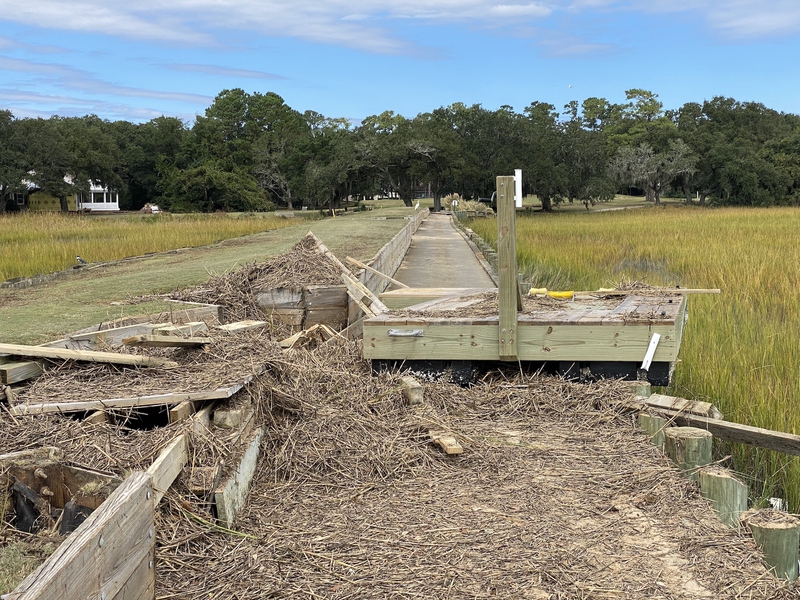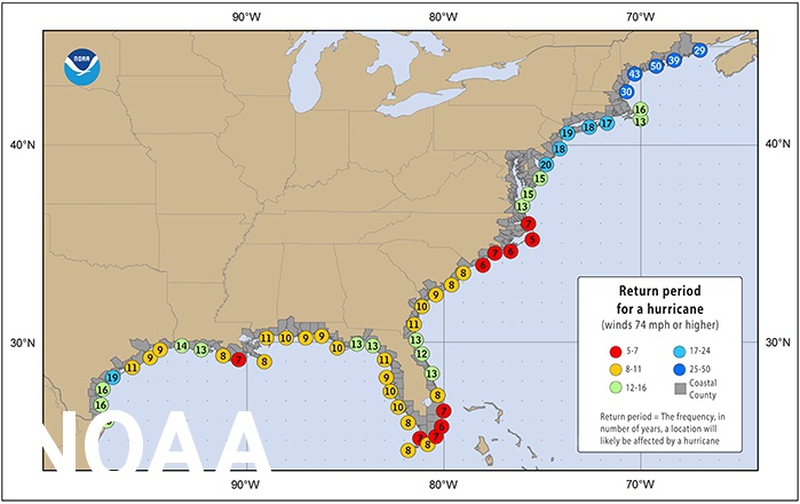The worst way to start a search for a golf community home, or any home for that matter, is by consulting any of the many “best states to live” lists. The criteria for ranking states is all over the place, and the lists themselves confusing one to the next. The close-second worst way to start a search is by taking seriously any “best communities” list.
Florida is considered by many the sine qua non of retirement states, but its rankings bounce all over best-of lists on the Internet. Sure, if you want to keep all of your retirement income from the greedy clutches of the state in which you choose to reside, Florida and its zero-income-tax approach is a great choice. But even better is Alaska, which offers the lowest overall tax rates, including property and sales as well as income tax. Therefore, if protecting your income is paramount, you move to Alaska, right?
What happens when other considerations, including winter temperatures, impose themselves? TopAgency.com factors in eight categories to calculate which states are best to live in; they include Affordability, Crime & Safety, Economy, Education, Healthcare, Infrastructure, Opportunity and Quality of Life. On that list, Florida finishes 9th behind the notoriously high-cost states of Vermont (#2 on the list), Massachusetts (#5) and, believe it or not, New Jersey (#7). Those last two states have been sending hundreds of thousands of retirees down Interstate 95 to Florida for five decades.
Florida is a great choice for those allergic to cold winters up north but your lifestyle will take a hit during sweltering Florida summers; either hang out in your air-conditioned Sunshine State home or flee to cooler climes, like Asheville, NC or the northern tier of the nation. Choosing the latter two-home solution, of course, erodes the savings that Florida’s income-tax rate provides.
*
After drafting the above article, I stumbled over – and through – another best-of list, this one at Niche.com. Its 2022 Best Places to Retire list is a headscratcher. Not surprisingly for such retiree lists, Niche’s top 10 is dominated by Florida cities, seven in all. Number 6 on the list is Dutch Island, GA, a suburb of Savannah. Balmy winter weather is heavily weighted to determine its rankings, but #2 on the Niche list is Lake Success, NY, and #10 is Leland Grove, IL, a suburb of Springfield. Baby it’s cold outside in both places in January.
Niche explains how it comes up with its rankings but, frankly, the site also considers too heavily the general financial status of local retirees and, secondarily, winter temperatures. The top community on its list, Pelican Bay in the Naples, FL, area, shows average home values just over $1 million and, of course, the weather during winter is near perfect. Lake Success (see above) shows average home prices of almost $1.3 million. Winter weather leaves something to be desired. Conclusion: If you can’t afford a home of $800,000 or higher, skip Niche.com’s list. In fact, skip all the best-of lists.

























